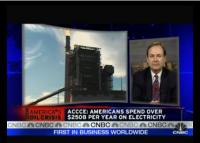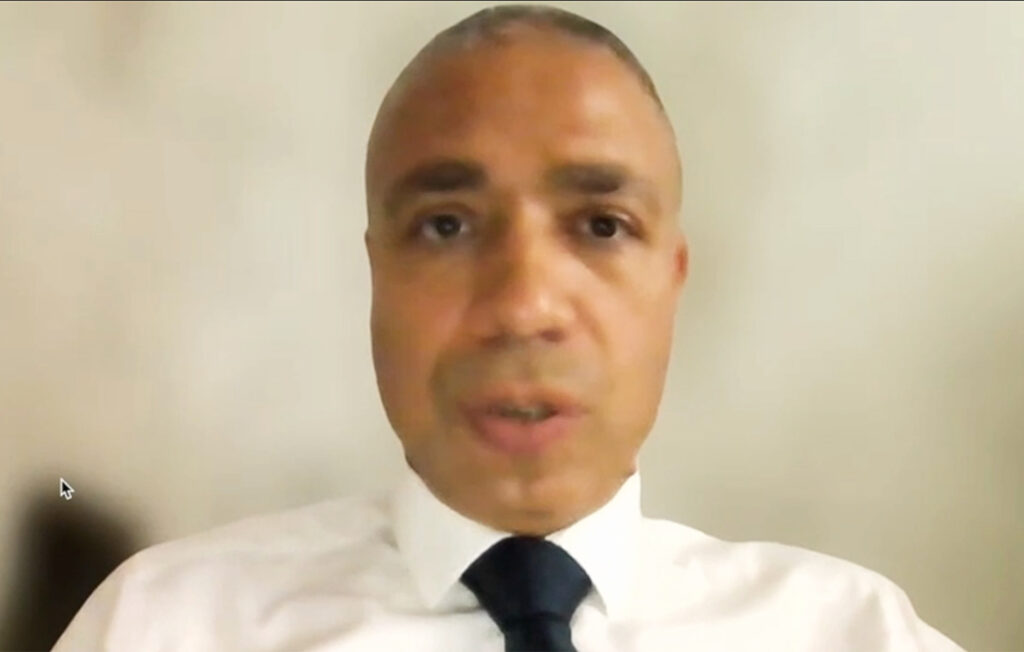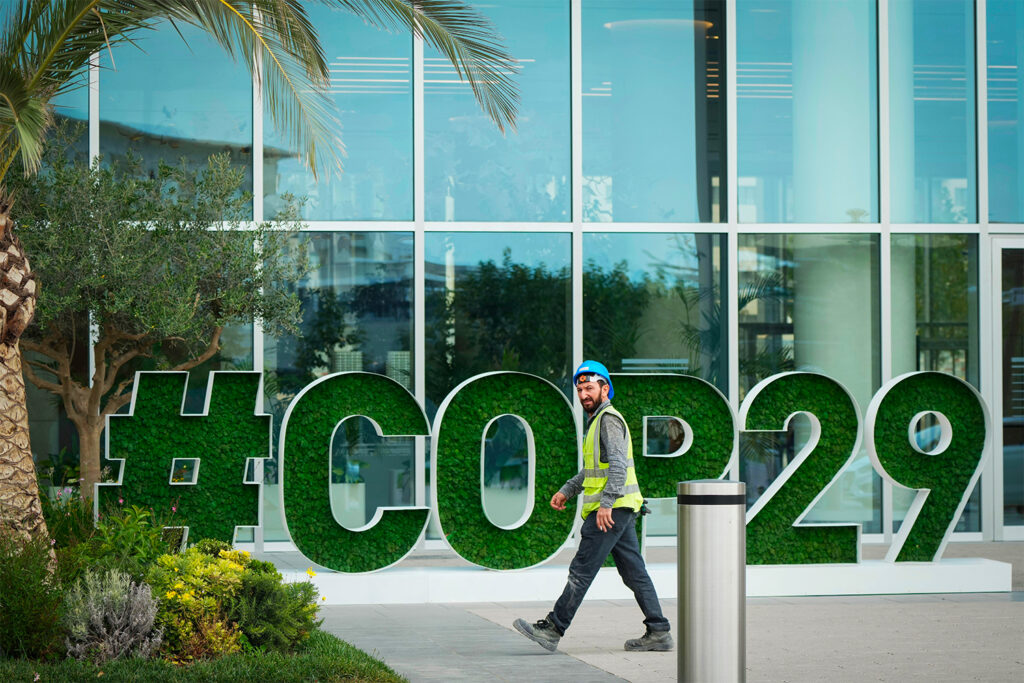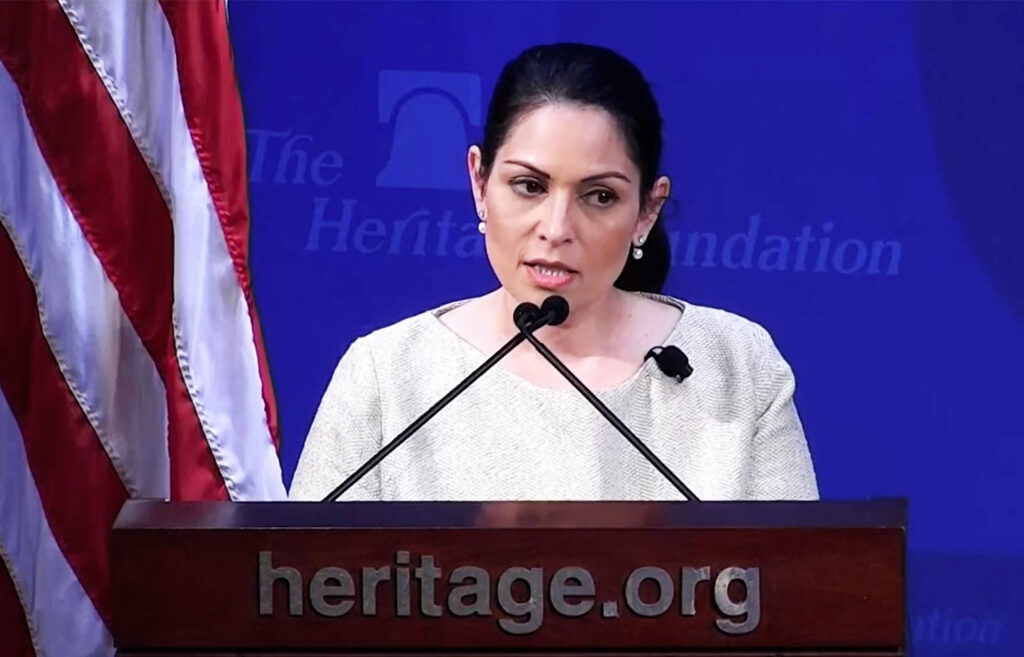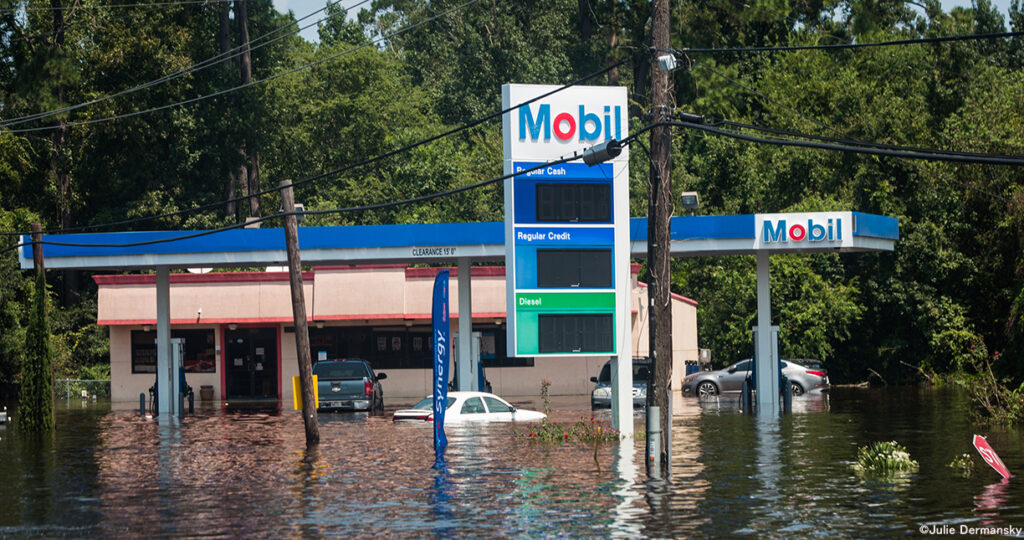CNBC‘s Mark Haines asks: “How Realistic is Clean Coal,” and Haines does a great job off the top by pointing out that his guest, Steve Miller of the American Coalition for Clean Coal Electricity (ACCCE), is funded by the coal industry.
This type of disclosure is important, as it provides viewers with some valuable context when hearing what Mr. Miller has to say. As Miller states on the show, his organization ACCCE is funded by:
That’s the fact, and now for the fiction.
Things get rather strange quickly when Haines asks Miller: “How far away are we from mass use of clean coal” to which Miller replies:
Really? A 10 to 15 year outlook for CCS on a widespread commercial use?
Where are those numbers coming from? The earliest possibility for deployment of CCS on a large commercial scale is not expected before 2030 and the Intergovernmental Panel on Climate Change (IPCC) does not expect CCS to be commercially viable until at least 2050.
Nor does Oil-giant Shell who “doesn’t foresee CCS being in widespread use until 2050.”
In fact, the head of one of the largest coal-to-electricity companies in the world, Jim Rogers, CEO of Duke Energy, recently stated that:
So where is Miller coming up with these numbers? I’ve put the question to Mr. Miller and I will let you know what I hear back.
Cross-posted on our affiliate site Coal is Dirty.
UPDATE: Steve Gates at the American Coalition for Clean Coal Electricity got back to me and said that Mr. Miller got his numbers from a report done by the Coal Utilization Research Council and the Electric Power Research Institute called the CURC–EPRI Technology Roadmap:
“The goal of the CURC–EPRI Roadmap is to have, by 2025, new combustion and gasification based systems operating with carbon capture with an efficiency between 39% to 46% and a cost of electricity between 37 and 39 $/MW-hr. By 2025, the incremental cost to transport and sequester the CO2 is projected to be between 2 and 7 $/MW-hr.”
Subscribe to our newsletter
Stay up to date with DeSmog news and alerts


